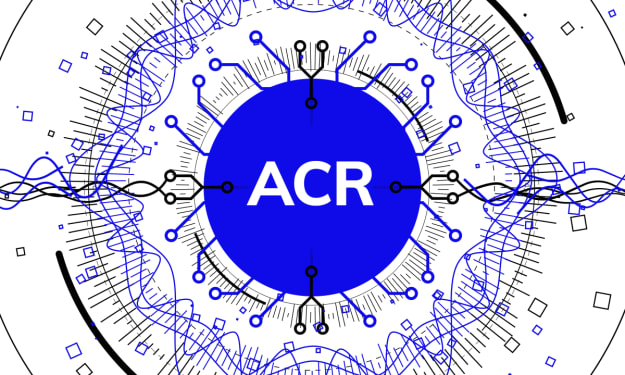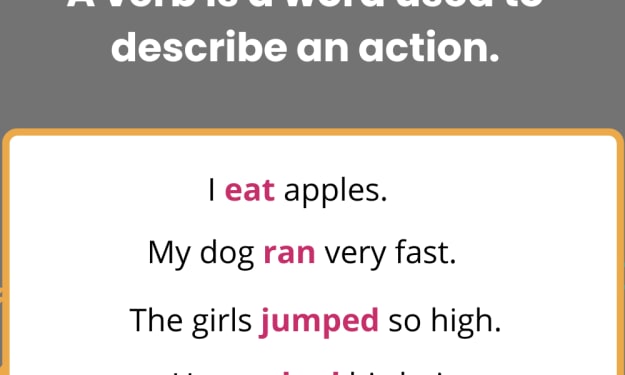Mastering the Submission Process: Why Your Song Audio Gets Rejected
Common reasons why your song audio might get rejected

The journey from creating a song to getting it accepted by streaming platforms can be challenging and often frustrating. Many artists face rejections without understanding the specific reasons behind them. This article explores the common reasons why your song audio might get rejected and provides comprehensive guidance on mastering the submission process to increase your chances of success.
Technical Requirements:
Audio Quality Standards:
Importance of Quality: Streaming platforms maintain high standards for audio quality to ensure a pleasant listening experience for their users. Poor audio quality, characterized by background noise, distortion, or low fidelity, is a common reason for rejection. High-quality recordings demonstrate professionalism and are more likely to be accepted.
Recording Tips: Use a high-quality microphone, audio interface, and soundproofing materials to achieve clean recordings. Proper mic placement, levels, and room acoustics can greatly affect the final product. Investing in a professional recording studio can also ensure high-quality audio.
File Compatibility:
Accepted Formats: Most platforms specify acceptable file formats, commonly MP3 or WAV. Submitting your audio in an unsupported format can lead to automatic rejection. Always check the platform's requirements before submission.
Bitrate Specifications: Platforms may also have specific requirements for bitrate (e.g., 320 kbps for MP3). Ensuring your files meet these specifications is crucial. Use high bitrate settings to maintain audio quality.
Metadata Importance:
Detailed Metadata:
Essential Information: Metadata includes vital information such as the artist name, song title, album name, genre, and release date. Incomplete or incorrect metadata can result in your submission being rejected. Make sure all fields are accurately filled out and double-check for typos.
Enhanced Discoverability: Accurate and detailed metadata helps in categorizing your music correctly, making it easier for listeners to discover your tracks. Fill out additional fields like songwriter credits, producer names, and ISRC codes if available.
Consistency Across Platforms:
Uniformity: Ensure that your metadata is consistent across all platforms to avoid confusion and maintain a professional presentation. Discrepancies in metadata can cause issues during the distribution process and lead to rejections.
Standardized Format: Use a standardized format for your metadata, including capitalization and punctuation. Consistency in metadata presentation helps in building a recognizable brand.
Copyright and Legalities:
Sample Clearance:
Legal Compliance: If your track includes samples from other songs, ensure you have obtained the necessary permissions. Using samples without clearance can lead to legal issues and result in your song being rejected.
Original Content: Whenever possible, use original content to avoid the complexities of sample clearance. If you must use samples, obtain the necessary licenses and keep documentation as proof of clearance.
Rights Ownership:
Distribution Rights: Make sure you hold the rights to distribute your music on the platform. If your music is under a label, confirm that you have the necessary permissions to upload the track independently.
Documentation: Be prepared to provide documentation proving your rights if requested by the platform. This includes contracts, licenses, and agreements that demonstrate your legal ownership and distribution rights.
Content Regulations:
Platform Guidelines:
Content Policies: Each platform has its own content standards and policies. Familiarize yourself with these guidelines to ensure your submission meets the requirements. Review the platform’s terms of service and community guidelines before submission.
Explicit Content: Platforms often have specific guidelines for explicit content. Label explicit tracks appropriately and consider creating a clean version of your song for platforms with stricter content policies.
Appropriate Content:
Avoid Offensive Themes: Ensure your lyrics and themes align with the platform’s content policies and community standards. Avoid content that could be considered offensive, such as hate speech, violent themes, or excessively graphic language.
Universal Appeal: Aim for content that can appeal to a broad audience without crossing lines of propriety. This can increase your song's chances of acceptance and reach.
Visual and Branding Standards:
Quality Artwork:
Professional Presentation: The cover art is the visual representation of your music and plays a significant role in its reception. Low-quality or pixelated images can detract from your song’s appeal and lead to rejection. Invest in professional artwork to create a positive first impression.
Resolution Requirements: Check the platform’s specifications for artwork resolution and format. Common requirements include a minimum resolution of 3000x3000 pixels and formats like JPEG or PNG.
Guideline Adherence:
Appropriate Imagery: Each platform has guidelines regarding the appropriateness of cover art. Avoid images that could be deemed offensive, such as explicit photos or controversial symbols.
Brand Consistency: Ensure your artwork aligns with your overall branding and the theme of your music. Consistent and cohesive branding can enhance your professional image and help build recognition.
By understanding and addressing these common rejection reasons, you can master the submission process. Focus on high-quality audio, accurate metadata, copyright compliance, content regulations, and professional artwork. Taking the time to refine these aspects of your submission demonstrates professionalism and commitment to your craft, significantly improving your chances of song acceptance.
What challenges have you faced in the submission process? Share your experiences and solutions in the comments. Your insights could help fellow artists navigate their submission challenges.
Subscribe to our updates for more tips on getting your music accepted and succeeding in the music industry. Stay informed with the latest industry trends, submission guidelines, and success stories from other artists. Join our community to receive valuable tips and strategies for navigating the music industry and ensuring your songs get the recognition they deserve.
About the Creator
Music Industry Updates
Welcome to Music Industry Updates, your go-to hub for the latest happenings in the music world.
Stay tuned, stay informed, and stay inspired with Music Pulse – where every beat counts.
Enjoyed the story? Support the Creator.
Subscribe for free to receive all their stories in your feed. You could also pledge your support or give them a one-off tip, letting them know you appreciate their work.






Comments
There are no comments for this story
Be the first to respond and start the conversation.